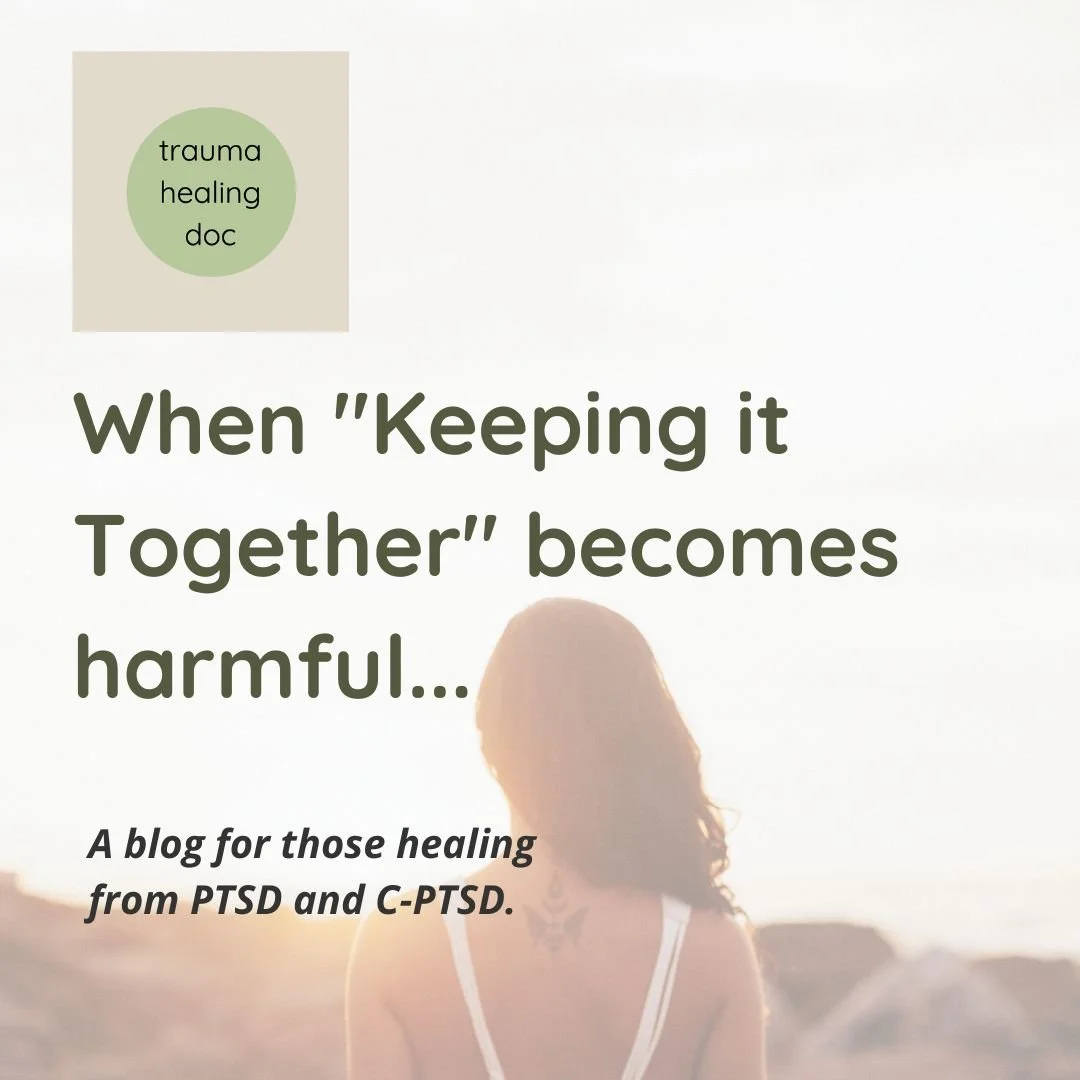Restraint Collapse: When Keeping it Together Becomes Harmful
I recall working with a young pediatric patient at the clinic whose teachers described as being well-behaved and studious. However, when he got home, the parents reported tantrums, outbursts, and breakdowns when they were at home. It was clear they were struggling with restraint collapse.
Restraint collapse, a term coined by psychotherapist Andrea Nair noted that her children would “utterly fall apart” when they would come home from school.
Now what does this have to do with PTSD or CPTSD?
Imagine having to “keep it together” for the entire day and navigate flashbacks, instrusive thoughts, emotional dysregulation without any reprieve.
Imagine that in having to navigate the internal “invisible work,” you also have to parent, show up at work or be a loving spouse.
Imagine the energy needed to restrain and “avoid” the resurfacing of memories, flashbacks and nightmares.
It’s the constant restraint and cognitive effort to just “have a good day” or even just a functional day.
It’s no surprise that survivors often find themselves in a state of collapse manifesting in exhaustion, social isolation, depression, feeling shutdown or complete paralysis.
The last thing that survivors want or need is to “show up” for anything in that state.
So how can we navigate “restraint collapse?”
While there’s no ONE size fits all, here are some strategies that you can try:
1) Recognize that it’s a normal, functional and protective mechanism. My clients and I have had more success in “allowing” it to happen than in trying to “prevent” restraint collapse.
2) Provide yourself with periods of decompression that is enjoyable and effortless. My verbage is that "I need to go stare at a wall for a while.” My partner understands that this is time for me to be inert. Other recommendations I’ve encouraged in my clients is to decompress by cooking, taking walks or coloring (yes, glitter crayons and the works!)
3) Manage blood sugar with consistent sources of protein throughout the day. My clients know that I am reinforcing protein in their diets because it can help to stabilize mood. I suspect that restraint collapse may have some ties with blood sugar.
4) Just like children, adults need access to play. Children who have downtime after school and are allowed to play can navigate challenges and restraint collapse better.
5) Take frequent breaks throughout the day, if possible with movement. This is to allow your nervous system to decompress and “move” excess energy.
I hope that this was helpful for you in recognizing this phenomenon!
If you’d like to learn how to navigate PTSD symptoms naturally, I invite you to my 6 Week Online “Manage PTSD” Masterclass starting September 6! Let’s heal together!

